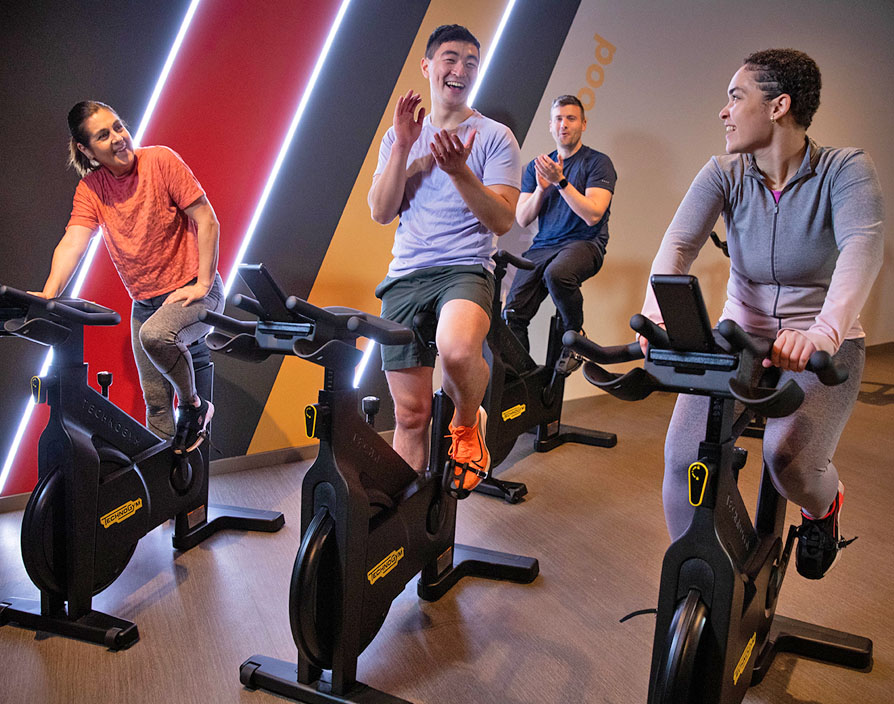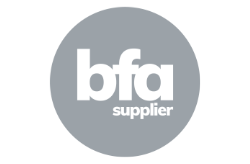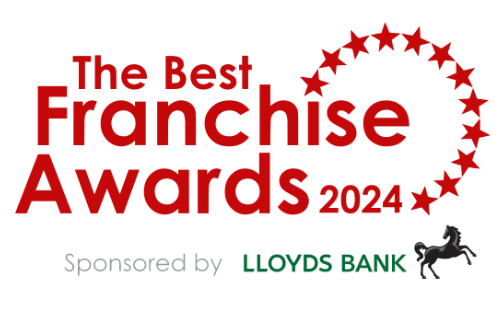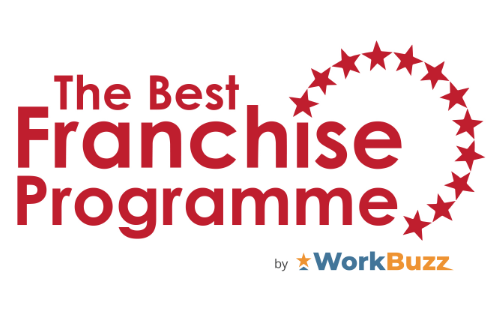The demand for convenient and effective workouts has never been higher and, with that, the allure of owning a fitness franchise seems tempting for many entrepreneurs. But there’s no doubt that many people also expect the costs associated with opening and operating a gym to be beyond their financial capacity. Head of Sales at Lift Brands, Kristen Horler, shares the valuable insights the team at Snap Fitness has garnered, as it leads up to launching their 100th location in the UK and Ireland, about what you’re going to be paying for when opening and running a fitness franchise.
For those considering venturing into the world of fitness franchises in the UK and Ireland, it’s crucial to have a clear understanding of the associated costs. Let’s delve into the details and see where your investment and budget will be spread, dispelling some myths along the way.
Getting fit for launch
After a mutual due diligence period, a new franchisee pays a franchise fee – an upfront cost for the rights to use the brand, its systems and effectively reserve a territory area. There is then an initial investment to cover everything you need to open the gym.
Lease and premises fit-out – renting a suitable location and transforming it into a state-of-the-art fitness centre can vary based on size, location and local construction costs. Location is pivotal for new clubs and you should expect the franchise team to support this initial process every step of the way. While urban centres offer prime spots, they often come at a premium. Strategic location selection is crucial for long-term success which is why brands like ours will have experts to help you with site location and acquisition, negotiating the best deals.
Equipment and technology – gym equipment is an essential expense but for our club owners we go one step further. At Snap Fitness we place a significant emphasis on cutting-edge technology and durable equipment, ensuring members get the best experience and our gyms have a competitive advantage. As a global brand, we connect franchisees with our preferred equipment manufacturing partners, providing a choice of gym kit at preferential rates.
Training and support – though it might seem intangible, the training provided to franchisees and their teams is invaluable. The cost of this is included in your franchise package and covers operational procedures, sales and marketing strategies, software training, launch support and much more.
Legal and licensing fees – ensure you’re legally compliant. This includes acquiring the necessary permits and adhering to UK or Irish health and safety standards. This is one of the many reasons investors choose to partner with a fitness franchise rather than starting a gym on their own as so much time is saved by the support team understanding the regulatory compliance framework.
Initial marketing push – building local awareness upon launch requires a concentrated marketing effort, which might involve local advertising, events and promotions. The costs for this can skyrocket if you don’t have experts on your side; it’s all about a good return on investment for your marketing spend to kick-start the success of your gym. At Snap Fitness, we have a dedicated digital marketing team who know how to reach prospective members in the pre-opening period and ongoing.
Shaping up for operational success
Once the doors open, ongoing operational costs kick in, but you will generate income quickly to cover these and start to pay back any lending on your initial investment costs. Several 24-7 gym franchises are popular in the UK and Ireland – some choose to have staff on-site and some use purely technological solutions to guide members but here are the common costs you will find.
Royalties – franchises have ongoing monthly royalty fees, either a percentage of revenue or a fixed fee. This fee allows the franchisee to continually benefit from the franchisor’s brand and ongoing business support. Many franchises also ask franchisees to pay into a national marketing fund which is then allocated to national or regional marketing campaigns to supplement what the franchisee is running locally.
Rent and utilities – monthly lease payments continue, however often rent-free periods can be negotiated, alongside utilities like electricity, water and internet. All of these are essential, ensuring the day-to-day operations remain uninterrupted.
Staff salaries – as your member base grows, you might need to hire more trainers, managers or cleaning staff. Ensuring you have quality staff is crucial for maintaining the brand’s reputation – don’t forget that retaining members through great relationships can also bring in new members through referrals. At Snap Fitness, our model is run with a club manager and an assistant plus cleaning staff whatever the club membership size. Personal trainers and group fitness instructors are self-employed, paying rent for the use of the facilities or conducting member inductions in lieu of rent.
Marketing and promotions – while the initial marketing push is crucial, ongoing local marketing efforts are necessary to maintain and grow your member base. An established franchise network like Snap Fitness not only has marketing experts to call upon for advice but also shares creative campaigns at key times of the year for franchisees to plug into.
Maintenance and repairs – gym equipment, like any machinery, requires regular maintenance. Some unexpected repairs might crop up too, so it’s wise to keep a budget for these eventualities. A good fitness franchise should have strong relationships with suppliers where, for instance, they may agree 3-5-year warranties on machines.
Miscellaneous costs – these might include software subscriptions, music licensing, cleaning supplies and more. Having a budget for unforeseen costs or fluctuations in prices is sensible for any business venture.
A partnership mitigates costs
Looking at everything you need to budget for, it’s easy to feel overwhelmed. However, there’s an underlying value in partnering with a reputable franchise like Snap Fitness. Associating with a known brand can lead to a quicker return on investment for franchisees as members are more likely to join a gym that has multiple sites, providing convenience and accessibility to a brand they recognise and trust.
With a franchise’s tried-and-tested systems, instead of starting from scratch, you’re adopting a proven business model, reducing the risk of costly mistakes. The ongoing support from the franchisor, as well as the wider franchisee community, can be immensely beneficial in navigating challenges. With Snap Fitness in the process of opening nearly 100 gyms in the UK and Ireland, we’d be very surprised if you’d encounter a problem that we haven’t already faced. And if you do, you can rest assured that we will support and guide you every step of the way.
In addition to the lower risk level of a becoming a franchisee, there are also direct cost savings to tap into. Franchisors often have bulk purchasing power with key suppliers, ensuring franchisees get the best prices on equipment, software and other essentials necessary to operate your gym.
Launching and running a fitness franchise in the UK and Ireland certainly involves significant investment, both in terms of time and money. However, by aligning with a trusted brand like Snap Fitness, you’re not just buying into a business; you’re investing in a support system, a community and a wealth of knowledge that will set you on the path to success.
Before making the leap, do thorough research, seek advice and ensure you’re financially prepared for both the expected and unexpected costs. The fitness industry holds incredible promise, and with the right approach and understanding of what you pay for when operating a gym franchise, your club can thrive too.


































